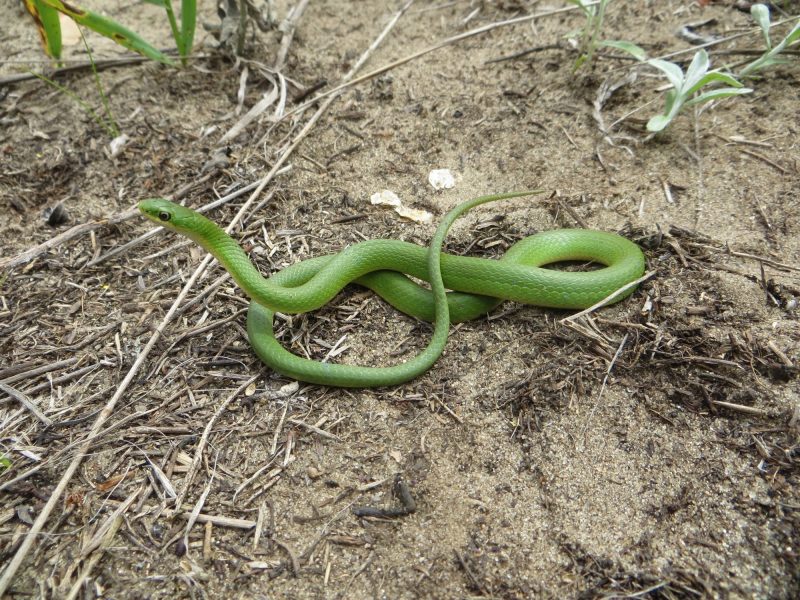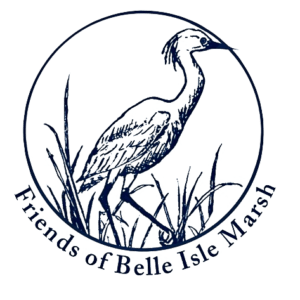The Big Picture
Belle Isle Marsh is part of the Greater Boston Harbor Watershed system; an ecosystem that while disconnected hydrologically in many locations, it generally still functions as one biological community. The Boston Harbor coastal watershed starts at the Boston Harbor coastal estuary (Inner Harbor and Boston Harbor Islands), and includes portions of the larger Mystic River Watershed shown in light blue), the Charles River Watershed (in purple), and the Neponset River Watershed to the south (not shown). Belle Isle Marsh and Rumney Marshes, once hydrologically connected, have been noted to be included within this greater watershed, as well as the Mystic River Watershed and Saugus River Watershed, respectively.
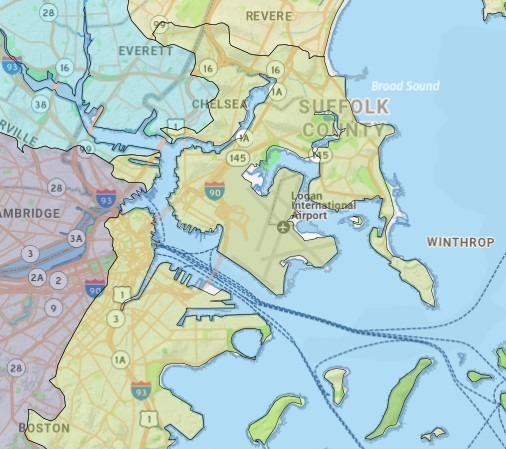
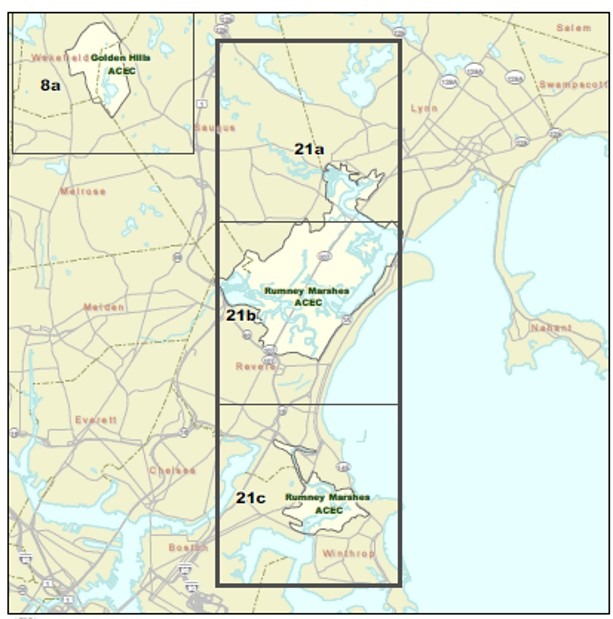
The Rumney Marshes ACEC was designated in 1988 due to the extensive ecosystem services it provides including significant flood control, prevention of storm damage, protection of fisheries and shellfish, pollution attenuation, protection of wildlife habitat, and protection of public and private water supply sources.
Belle Isle Marsh
Belle Isle Marsh provides habitat for over 250 bird species (seven listed as threatened or endangered), and serves as a coastal storm buffer to urban development. The Marsh provides important open and recreational space for the public and delivers ecosystem services such as carbon sequestration. The Massachusetts Department of Conservation and Recreation owns approximately 233 acres of the 300+ acres of the Marsh, which is managed as the Belle Isle Marsh Reservation. The remaining land is owned by the City of Boston, and the towns of Winthrop and the city of Revere.
Belle Isle Marsh includes a complex system of micro habitats consisting of: intertidal estuary, mudflats, saltmarsh, coastal thickets, successional mid canopy woodland, grassland meadow, fresh and brackish pools, and groomed areas. While significant for many species, it is particularly important for birds, of which 258 species have been seen at the site. Endangered species can be found in the reservation year-round, both breeding and over wintering.
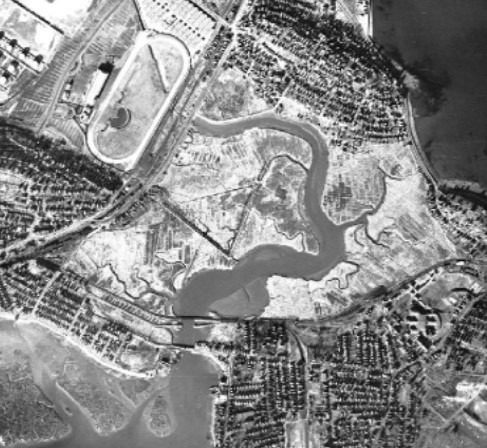
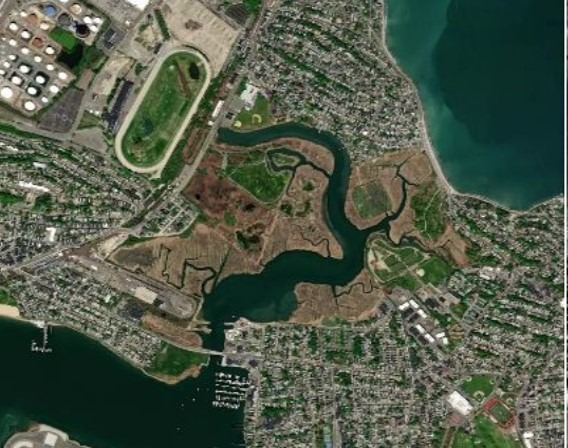
Wildlife
The Belle Isle Marsh Reservation, primarily upland meadows, high and low marsh areas, is an Important Bird Area as designated by Mass Audubon, joining the network of Important Bird and Biodiversity Areas across the globe. There are a number of different bird uses depending on the season. The Marsh is also a critical migratory stopover on the Atlantic flyway on both southern and northern migration routes to and from Arctic and Boreal breeding grounds. It is a breeding site for some species of conservation concern and endangered species designated through the Massachusetts Natural Heritage Endangered Species Program The Marsh is also a very important foraging site for many species that breed off-site, but spend their summer days in the marsh. It is also a very important site for many over-wintering raptor species, which live in the Marsh from late October until spring when they go north again to breed. Belle Isle Marsh is an extremely important nursery for many fish species. Research is needed to understand the frequency of aquatic species occurrence and to what volume. However, it is evident that this system is a healthy functioning ecosystem, which includes numerous rare species including, but not limited to those listed below.
Mammals:
- Mink
- Long-tailed Weasel
- Fisher
- Striped Skunk
- Raccoon
- Virginia Opossum
- Eastern Coyote
- Gray Squirrel
- Eastern Cottontail
- Eastern Mole
- White-footed Mouse
- Meadow Vole
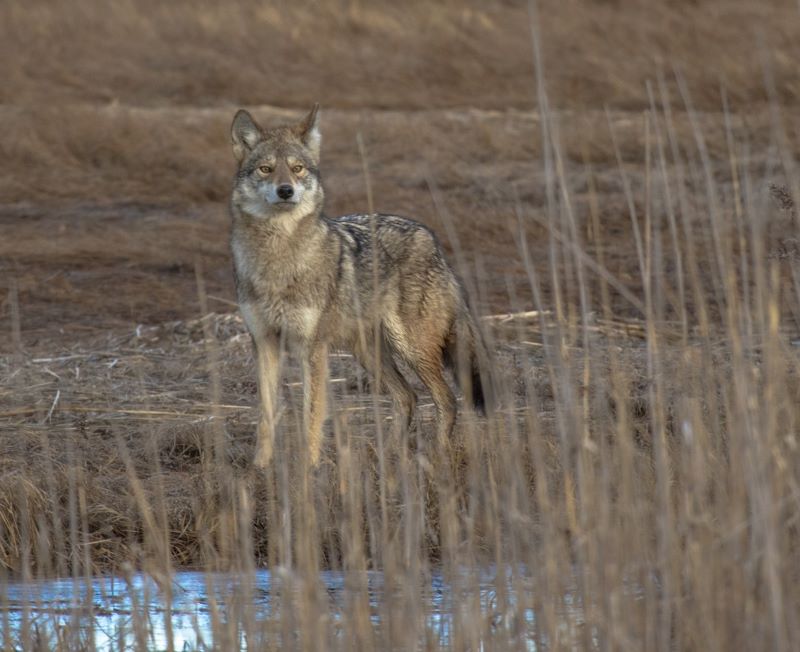
Fish & Marine Invertebrates:
- Mummichog
- Striped killifish
- Atlantic Silverside
- Winter Flounder
- Striped Bass
- American Eel
- Ribbed mussels
- Horseshoe Crabs
- Hermit Crab
- Fiddler Crab
- Periwinkles
- Mud Dog Welks
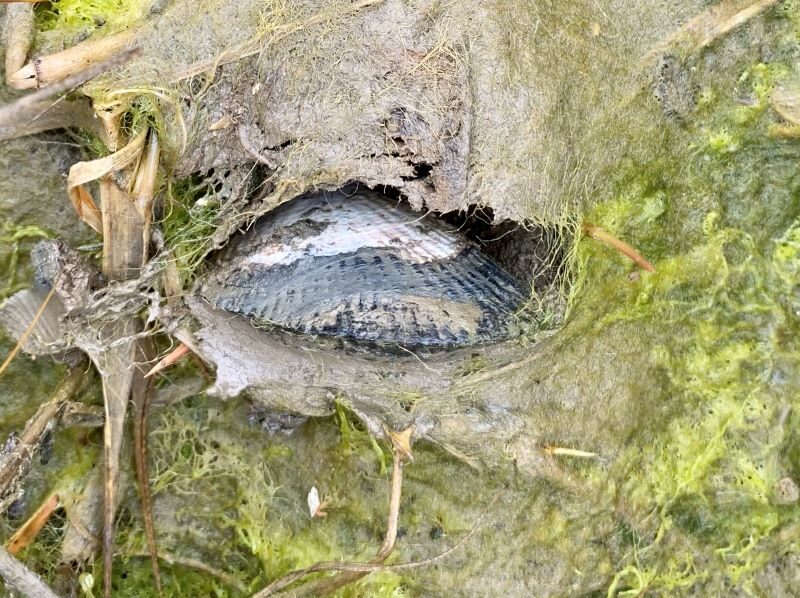
Breeding Bird Species:
- Least Bittern (Endangered)
- Virginia Rail (Conservation interest)
- Saltmarsh Sparrow (Special Concern)
- Bobolink (Conservation interest)
- Willet (Conservation Interest)
- Savannah Sparrow (Conservation Interest)
- American Kestrel (Conservation interest)
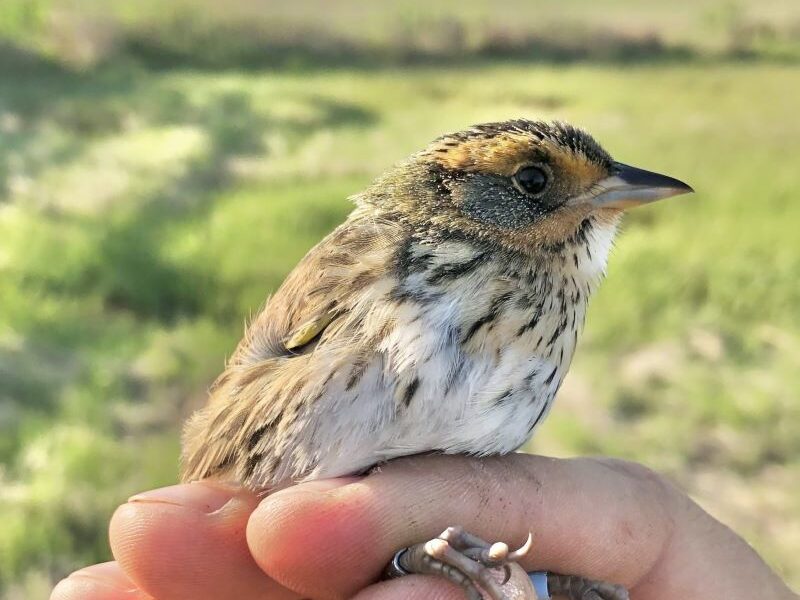
- Least Tern (Special Concern)
- Common Tern (Sp. Concern)
- American Oystercatcher (Conservation interest)
- Great Egret (Conservation interest)
- Snowy Egret (Conservation interest)
- King Rail (Endangered)
- Short-eared Owl (Endangered)
- Long-eared Owl (Special Concern)
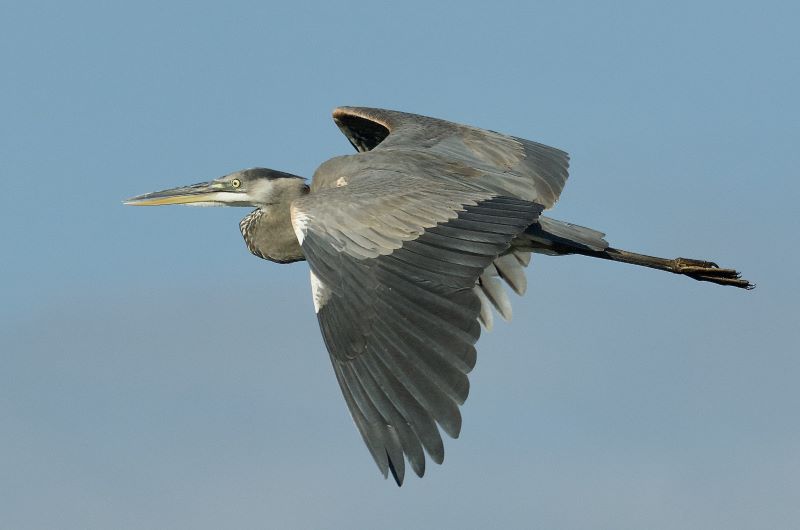
Insects:
- Seaside Dragonlet
- Monarch Butterfly
- Tiger Swallowtail
- Bumble Bee
- Preying Mantic
- Milkweed Beatles
- Ladybugs
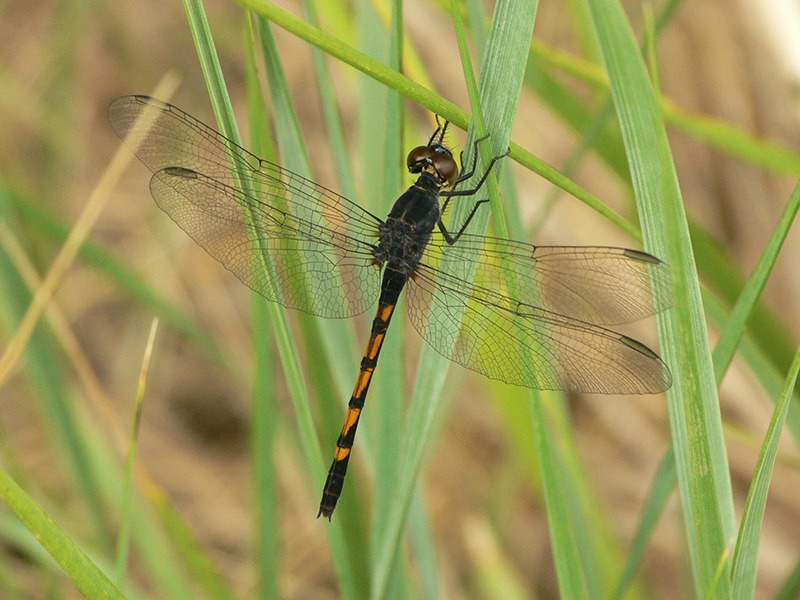
Reptiles & Amphibians:
- Garter Snake
- Little Brown Snake
- Smooth Green Snake
- American Toad
